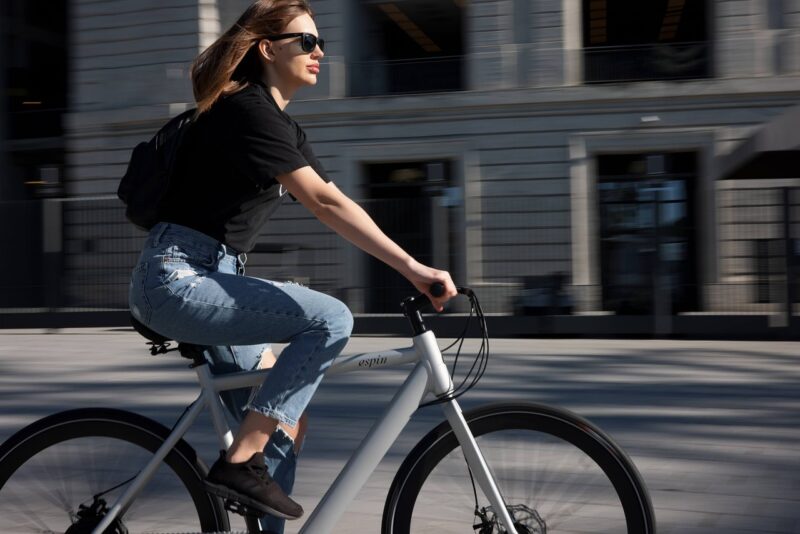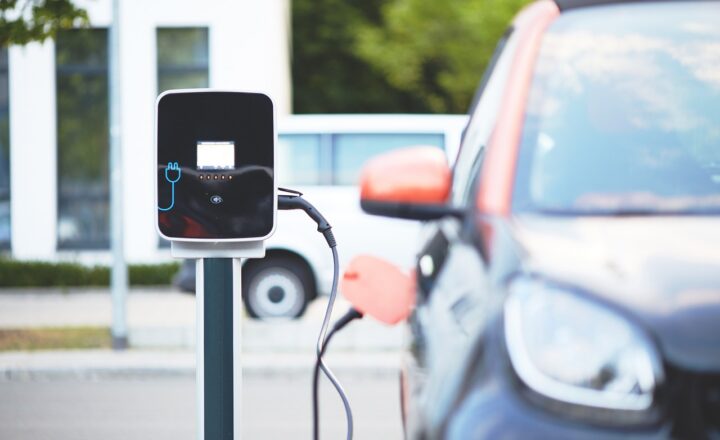How Electric Cars Are Making Cities Cleaner and Quieter
November 12, 2024

In recent years, electric vehicles (EVs) have surged in popularity, revolutionizing the way we think about transportation and its impact on urban environments. With growing concerns about air pollution, climate change, and urban congestion, electric cars are emerging as a sustainable alternative to traditional gasoline-powered vehicles. This article explores how electric cars are making cities cleaner and quieter, outlining the benefits of this shift, challenges faced, and the future of urban mobility.
1. The Rise of Electric Vehicles
The global shift towards electric vehicles is not just a trend but a necessary evolution in the face of environmental sustainability. Over the past decade, electric cars have transitioned from niche products to mainstream options. Statistics indicate that EV sales accounted for approximately 10% of total car sales in many developed countries by 2023, and numerous automakers have committed to going fully electric in the coming years. Factors contributing to this shift include:
- Technological Advancements: Improvements in battery technology have led to longer ranges and reduced charging times, making EVs more practical for everyday use.
- Government Incentives: Many governments offer tax credits, rebates, and subsidies to encourage the purchase of electric vehicles, making them more affordable for consumers.
- Environmental Awareness: As climate change becomes a pressing issue, consumers are increasingly prioritizing sustainability, pushing automakers to focus on electric solutions.
With this growth in EV adoption, cities are beginning to experience significant changes in their environmental footprint.
2. Reducing Air Pollution
One of the most significant benefits of electric vehicles is their potential to dramatically lower air pollution levels in urban areas. Traditional internal combustion engine (ICE) vehicles release a host of harmful pollutants, including nitrogen oxides (NOx), carbon monoxide (CO), and particulate matter (PM). Electric vehicles, on the other hand, produce zero tailpipe emissions, resulting in cleaner air in neighborhoods where EVs replace gasoline or diesel vehicles.
The impact can be profound in major cities, where traffic congestion and pollution are critical challenges. A 2022 study by the International Council on Clean Transportation reported that widespread adoption of EVs across urban centers could reduce NOx and PM emissions by over 75%. Cities like Oslo, Norway, have reported significant drops in pollution levels after prioritizing electric and public transportation.
3. Noise Pollution Reduction
Another notable advantage of electric vehicles is their contribution to quieter urban environments. EVs operate with significantly less noise than traditional vehicles. This is because electric motors are inherently quieter and do not produce the mechanical noise associated with combustion engines. The reduction in noise pollution contributes to a more pleasant urban atmosphere, positively impacting residents’ quality of life.
According to research conducted by the University of California, Berkeley, areas with a high prevalence of electric cars experience noise levels up to 10 decibels lower than those dominated by gasoline vehicles. A reduction in noise not only makes cities more livable but also has health benefits, including reduced stress levels and improved mental well-being for residents.
4. Urban Planning and Infrastructure Development
As cities work towards reducing their carbon footprint and enhancing the quality of life for residents, the rise of electric vehicles is influencing urban planning and infrastructure development.
- Charging Infrastructure: The need for accessible charging stations is critical to support the growing number of electric cars. Cities are investing in developing robust charging infrastructure, including fast-charging stations, level 2 chargers, and integrating charging capabilities in parking facilities.
- Promoting Public Transit: Cities can integrate electric vehicles with public transportation systems, encouraging citizens to utilize EVs for first-mile/last-mile connectivity. This approach can offer a seamless experience between different modes of transport, reducing reliance on personal vehicles.
- Green Spaces: With fewer emissions and reduced noise pollution, cities can focus on revitalizing urban spaces and creating more green areas, enhancing overall biodiversity and livability.
By planning effectively for the future of electric mobility, cities pave the way for cleaner, quieter, and more sustainable urban living.
5. Challenges and Considerations
Despite the numerous advantages of electric vehicles, several challenges remain to be addressed:
- Infrastructure Gaps: While cities are ramping up efforts to build charging stations, some regions still lack adequate infrastructure, leading to range anxiety among potential EV owners.
- Battery Production and Recycling: The environmental impact of lithium-ion battery production and disposal requires attention. Sustainable practices must be adopted to manage battery lifecycle issues, including recycling and reuse of materials.
- Grid Capacity: The increasing demand for electricity to charge EVs necessitates enhancements to power grid capacity and renewable energy sources to ensure sustainability and reliability.
Addressing these challenges is crucial for the long-term success of electric vehicles as a viable solution for cleaner and quieter cities.
6. The Future of Electric Cars in Urban Areas
As we look forward, electric vehicles will play a pivotal role in shaping the future of urban landscapes. Trends to watch include:
- Increased Adoption and Availability: With many automobile manufacturers announcing plans to phase out combustion engines, the market for electric vehicles will continue to expand, offering consumers a wide range of options.
- Integration with Smart City Technologies: Electric vehicles can benefit from smart city technologies, optimizing charging times through grid management and promoting car-sharing initiatives to reduce the number of cars on the road.
- Focus on Public Transportation Electrification: Many cities are also transitioning public transportation options, like buses and taxis, to electric alternatives, amplifying the positive environmental impact.
In conclusion, electric cars are not just a technological advancement; they are a vital part of the transition toward cleaner, quieter cities. As electric vehicle adoption increases, urban areas will experience decreased air and noise pollution, improved quality of life, and enhanced sustainability. Advocating for further investment in EV infrastructure and innovation will ensure that cities can harness the full potential of electric mobility for generations to come.






